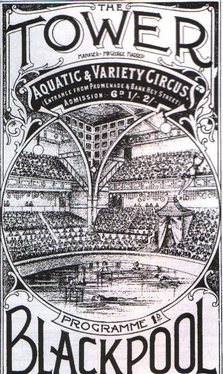
- Order:
- Duration: 1:29
- Published: 23 Jul 2006
- Uploaded: 28 Feb 2011
- Author: b1nar10s
Freak waves have been cited in the media as a likely source of the sudden, inexplicable disappearance of many ocean-going vessels. One of the very few cases in which evidence exists that may indicate a freak wave incident is the 1978 loss of the freighter MS München, detailed below. In February 2000, a British oceanographic research vessel sailing in the Rockall Trough west of Scotland encountered the largest waves ever recorded by scientific instruments in the open ocean, with a SWH of and individual waves up to . "In 2004 scientists using three weeks of radar images from European Space Agency satellites found ten rogue waves, each 25 meters or higher."
A rogue wave is not the same as a tsunami. They should not be confused, however, with the hundred-year wave, which is a statistical prediction of the highest wave likely to occur in a hundred-year period in a particular body of water. These predictions are typically based on wave models which do not take rogue waves into account.
Many years of research have confirmed that waves of up to in height are much more common than mathematical probability theory would predict using a Rayleigh distribution of wave heights. In addition, pressure readings from buoys moored in the Gulf of Mexico at the time of Hurricane Katrina also indicated the presence of such large waves at the time of the storm. In fact, they seem to occur in all of the world's oceans many times every year. This has caused a re-examination of the reasons for their existence, as well as reconsideration of the implications for ocean-going ship design.
Rogue waves also occur on the Great Lakes. A phenomenon known as the "Three Sisters" is said to occur in Lake Superior when a series of three waves form that are one-third larger than the regular waves. The second wave hits the ship's deck before the first wave clears. The third incoming wave adds to the two accumulated backwashes and suddenly overloads the ship deck with tons of water. The House Subcommittee on Coast Guard and Navigation took testimony from commercial fisherman Lyle A. McDonald of Laurium, Michigan that the "Three Sister" phenomenon may have contributed to the infamous sinking of the on Lake Superior in November 1975.
* Diffractive focusing — According to this hypothesis, coast shape or seabed shape directs several small waves to meet in phase. Their crest heights combine to create a freak wave. Focusing by currents — Waves from one current are driven into an opposing current. This results in shortening of wavelength, causing shoaling (i.e., increase in wave height), and oncoming wave trains to compress together into a rogue wave. and Miles.
The spatio-temporal focusing seen in the NLS equation can also occur when the nonlinearity is removed. In this case, focusing is primarily due to different waves coming into phase, rather than any energy transfer processes. Further analysis of rogue waves using a fully nonlinear model by R.H. Gibbs (2005) brings this mode into question, as it is shown that a typical wavegroup focuses in such a way as to produce a significant wall of water, at the cost of a reduced height.
A rogue wave, and the deep trough commonly seen before and after it, may last only for some minutes before either breaking, or reducing in size again. Apart from one single rogue wave, the rogue wave may be part of a wave packet consisting of a few rogue waves. Such rogue wave groups have been observed in nature.
There are three categories of freak waves: "Walls of water" travelling up to through the ocean "Three Sisters", groups of three waves Single, giant storm waves, building up to fourfold the storm's waves height and collapsing after some seconds
A research group at the Umeå University, Sweden in August 2006 showed that normal stochastic wind driven waves can suddenly give rise to monster waves. The nonlinear evolution of the instabilities was investigated by means of direct simulations of the time-dependent system of nonlinear equations.
This section lists a limited selection of notable incidents.
* Rogue Waves-Monsters of the deep, The Economist, September 17, 2009, p. 94
Category:Oceanography Category:Ocean currents Category:Water waves Category:Weather hazards
This text is licensed under the Creative Commons CC-BY-SA License. This text was originally published on Wikipedia and was developed by the Wikipedia community.
He was inducted into the Surfer's Hall of Fame in Huntington Beach, California in 2008.
This text is licensed under the Creative Commons CC-BY-SA License. This text was originally published on Wikipedia and was developed by the Wikipedia community.
| Name | Eddie Aikau |
|---|---|
| Birth date | May 05, 1946 |
| Birth place | Kahului, Hawaii, U.S. |
| Death date | March 17, 1978 |
| Residence | Kahului, Hawaii |
| Height | |
| Weight | |
| Years active | 1959-1978 |
| Sponsors | Polynesian Voyaging Society |
| Stance | Regular (natural) foot |
| Favorite waves | Waiamea Bay (North Shore, Oahu), Sunset Beach (North Shore, Oahu), Pipline (North Shore, Oahu) |
Born in Kahului, Maui, Aikau was the third child of Solomon and Henrietta Aikau. Aikau first learned how to surf at Kahului Harbor on its shorebreak. He moved to Oahu with his family in 1959, and at the age of 16 left school and started working at the Dole pineapple cannery; The paycheck allowed Aikau to buy his first surfboard. In 1968, he became the first lifeguard hired by the City & County of Honolulu to work on the North Shore. The City & County of Honolulu gave Aikau the task of covering all of the beaches between Sunset and Haleiwa. Not one life was lost while he served as lifeguard of Waimea Bay, as he braved waves that often reached high or more. In 1971, Aikau was named Lifeguard of the Year.
The last person lifeguard Eddie Aikau rescued at Waimea Bay was a young TV producer named John Orland, who had just wrapped up production on a TV pilot called the "Hawaii Experience," starring Bob Crane from Hogan's Heroes. He was rescued on February 19, 1978, less than a month before Eddie Aikau was lost at sea.
Since its inception (the first Eddie was held at Sunset Beach in 1985; in 1987 Eddie Aikau's younger brother Clyde Aikau won the first Eddie after it moved to Waimea Bay), the tournament has only been held eight times, due to a precondition that open-ocean swells reach a minimum of 20 feet (this translates to a wave face height of over 30 feet). The most recent tournament was in December 2009, when waves in the bay reached 30 to high. The contest only invites 28 big-wave riders to participate in two rounds of competition. The event does not allow the use of jet skis to tow surfers into the waves.
Other variations of the phrase include "Eddie would throw" (in support of the University of Hawaii's passing attack by Colt Brennan under June Jones), "Eddie wouldn't crow" (in opposition to boastful and egotistical surfers), and "Eddie would hoe" (in support of Native Hawaiian agricultural outreach programs). Another variation used recently during the 2008 election campaign for Honolulu rail transit was the slogan, "Eddie would ride."
Category:1946 births Category:1978 deaths Category:American surfers Category:American surf lifesavers Category:Native Hawaiian people Category:Hokulea Category:Sportspeople from Hawaii
This text is licensed under the Creative Commons CC-BY-SA License. This text was originally published on Wikipedia and was developed by the Wikipedia community.
























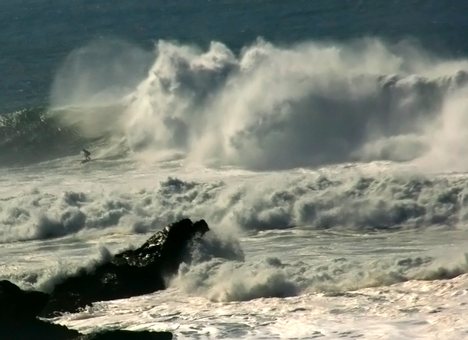
















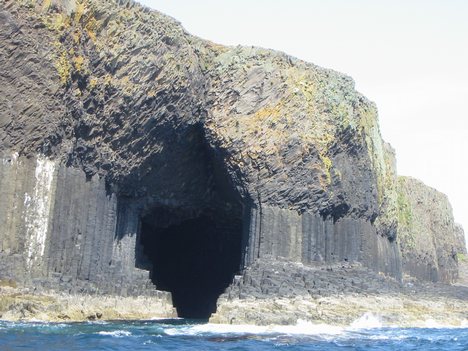
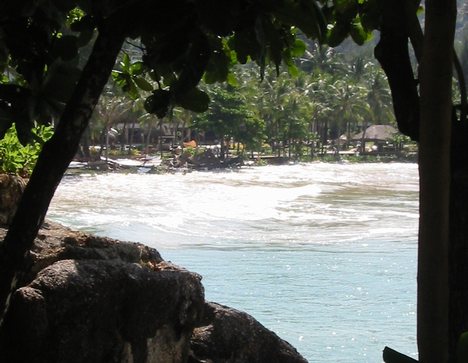

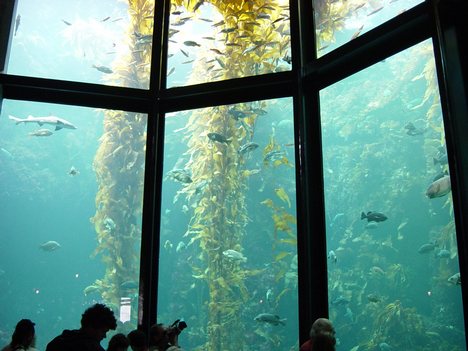
![MGM Dizzee World is an amusement park located in Chennai, Tamil Nadu, India. It is located in East Coast Road. It is one of the most visited theme parks in the city. The park has log flume, giant wheel, spider spin, roller coaster, the funny mountain, dashing cars, super trooper, a water world and it also hosts special seasonal shows.[1] It is owned by MGM Group of Companies which has diversified business interests such as distilleries, logistics and the restaurant chain MarryBrown, and hospital MGM Dizzee World is an amusement park located in Chennai, Tamil Nadu, India. It is located in East Coast Road. It is one of the most visited theme parks in the city. The park has log flume, giant wheel, spider spin, roller coaster, the funny mountain, dashing cars, super trooper, a water world and it also hosts special seasonal shows.[1] It is owned by MGM Group of Companies which has diversified business interests such as distilleries, logistics and the restaurant chain MarryBrown, and hospital](http://web.archive.org./web/20110315204743im_/http://cdn.wn.com/pd/2a/c1/4c1e1cd83f22229873f4a6619ce7_grande.jpg)




